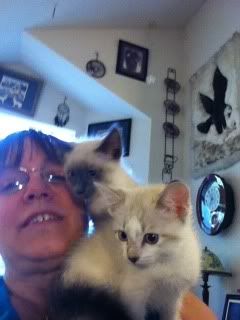 Susan Edwards ~ Myth, Magic & Wonder
Susan Edwards ~ Myth, Magic & WonderWhen I first started writing historical romances, there wasn’t any magic or paranormal in my stories. After all, I wrote straight historicals. Right? Wrong! In keeping with Native American elements and beliefs, my hero’s mother had the gift of sight (White Wind Nov 2011). Okay, that was part of their world, this connection to the land, animals and spirits. In looking back, my second book also had this aspect and my third.... See a theme growing here?
In each book, I was pulling in more of the Native American spiritual/mythology into a non-paranormal world. Up to this point, I still hadn’t really considered those type of traits or gifts as magical or paranormal.
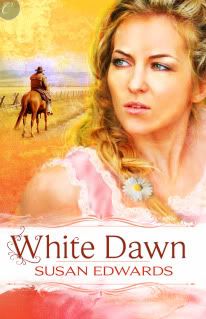
But a funny thing started to happen by the time I was writing my tenth and eleventh book. I was now ACTIVELY seeking more of the mystical elements to include in my world yet what I used still fit into the historical/Native American world. I was just using more of it, going deeper with it and expanding it. My books were immersed in paranormal and yep, might as well say it, magic! I was towing a fine line between Native American and Paranormal--and loving every minute of it for it was truly a creative process.
By the time I finished book eleven, I was hooked. I loved what I was doing within my boundaries and now I wanted to really write using paranormal and magic freely. I did so with book twelve, Summer of the Eagle (April 2012) which features a race of people who could DO cool things.
What changed from my early books? Well, the internet certainly opened more doors and with it, more possibilities! Then came the world of internet and the wealth of information at my fingertips! Suddenly I wasn’t just writing about characters in a historical setting but about the magic of living with an open mind to possibilities.
And possibilities is where I believe magic truly lies. The magic in my writing spilled over into my life as I discovered the magic that surrounds each of us, each day if we only open our eyes and mind.
Don’t believe me? Go for a walk and don’t just look at your neighbor’s houses or cars. Focus in on the beauty of the neighborhood trees, the flowers, the tiny blooms we seldom pay attention too. Lift your eyes as you walk to your car from the asphalt to the sky. Maybe you’ll see the faint shape of the moon looking down at you.
Spend a few moments gazing out your kitchen window. Can you see the birds perched on a tree or bush? How about that tiny hummingbird sitting on that very thin branch? What about the fact that we wake up to a new, bright day. Everyday. And that new day is filled with possibilities: a caring word, a child’s hug and kiss, a long awaited phone call (The Call)? So much is possible yet we seldom give it thought. The freedom to just be.
And if you are a writer, how about the magic of sitting down at your computer to write, doing something that we love (even if it is work at times). We create worlds that whether or not there is magic or paranormal elements, there certainly is magic. Connecting with even one reader in a meaningful way (even to just give that reader time away from the mundane world) is magic. And in the true style of connecting back to the Native American world that I love, I bring you back full circle: to your books and mine and the magic they contain.
So even if you do not write in the paranormal or magical genre, you have the chance to write magically. And if you are not a writer, you can live magically. Smile at a stranger, offer a few kind words. Who knows, you might bring magic into the lives of others. And you know what? It just keeps going. The magic we call life.
And for me, there is another bit of "magic" in seeing my books return to life (and to readers who have been asking for them) in the form of E-Books. I've lived through the magical process of seeing my books republished including new covers! Talk about magical feelings! I love the new covers, and the new look, the new life that has been breathed into this series.
What’s magical about your life? Your writing? If you could do anything, be anything, write anything, what would it be, and why? What is magical about it to you? Inquiring minds want to know <g>.
PRE-ORDER NOW White Dawn, White Dusk, White Shadows and White Wind. Available November 21 2011 Carina Press
Check out my website at http://susanedwards.com for updated news and excerpts along with a member only area for my readers. You can also sign up for my newsletter.

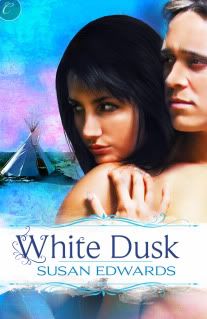
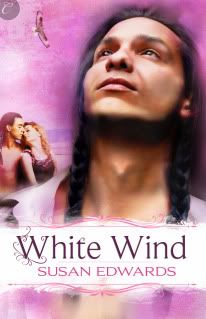
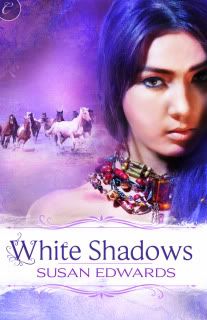






 You know when you have one of those massive barrels of sweets – usually at Christmas over here in the UK. Quality Street’s the nation’s favourite and they have a great selection of sweets in them. Nut clusters, caramel cups, toffees, fudge etc etc.
You know when you have one of those massive barrels of sweets – usually at Christmas over here in the UK. Quality Street’s the nation’s favourite and they have a great selection of sweets in them. Nut clusters, caramel cups, toffees, fudge etc etc. but now I tend to avoid most of them, except for homoerotic goodness such as The Searchers. (Yes, really. If you don’t believe me, go and watch it again, John Wayne’s character is most certainly bisexual at the very least.)
but now I tend to avoid most of them, except for homoerotic goodness such as The Searchers. (Yes, really. If you don’t believe me, go and watch it again, John Wayne’s character is most certainly bisexual at the very least.) 



